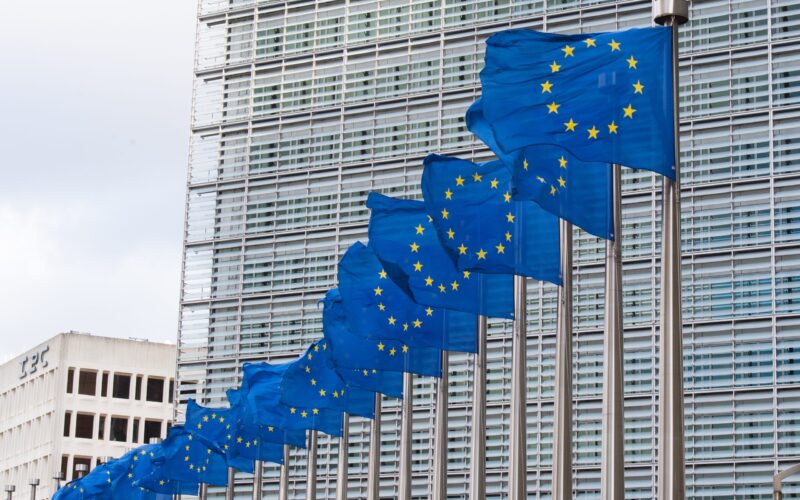Carbon dioxide emissions regulated under the European Union’s Emissions Trading System (ETS) declined by 5% in 2024, primarily due to significant reductions in the power sector, the European Commission announced.
The ETS, the EU’s cornerstone climate policy, covers approximately 45% of the bloc’s greenhouse gas emissions. The scheme requires power producers, manufacturers, and airlines to purchase carbon allowances to cover their emissions, effectively placing a price on CO₂ pollution.
“Emissions under the ETS are now roughly 50% below 2005 levels and remain on course to meet the 2030 target of a 62% reduction,” the Commission stated.
The power sector recorded the steepest decline, with emissions falling by 12% compared to 2023. This drop was attributed to an 8% increase in electricity generation from renewables and a 5% rise in nuclear output, alongside an 8% fall in gas use and a 15% reduction in coal-fired generation.
Industrial emissions remained largely unchanged. A 5% decrease in emissions from the cement industry was offset by a 7% rise in the fertiliser sector.
Meanwhile, emissions from aviation rose by approximately 15%, a spike the Commission attributed to the inclusion of more non-domestic flights within the ETS framework. The system was also extended last year to partially include maritime emissions, which accounted for 72 million tonnes of CO₂ in 2024.
EU carbon prices dropped by about 4.5% on Friday afternoon, falling to €63 per tonne, amid broader market declines sparked by China’s announcement of retaliatory tariffs on U.S. imports. Prices have fallen nearly 25% since peaking in January.





















